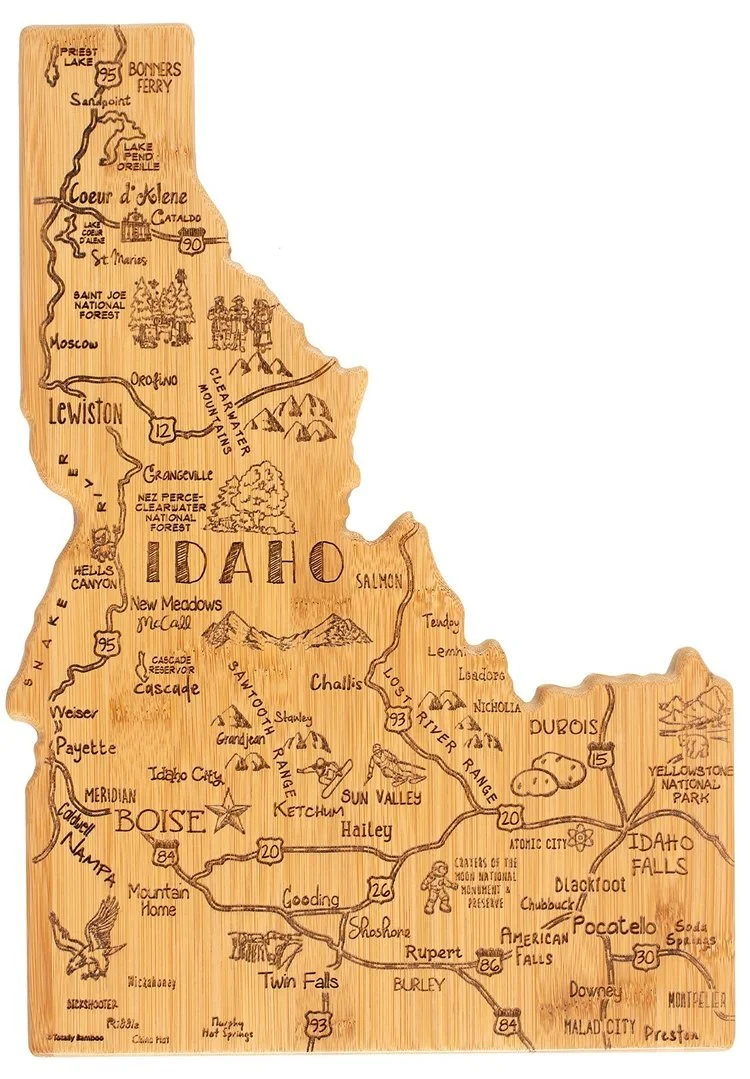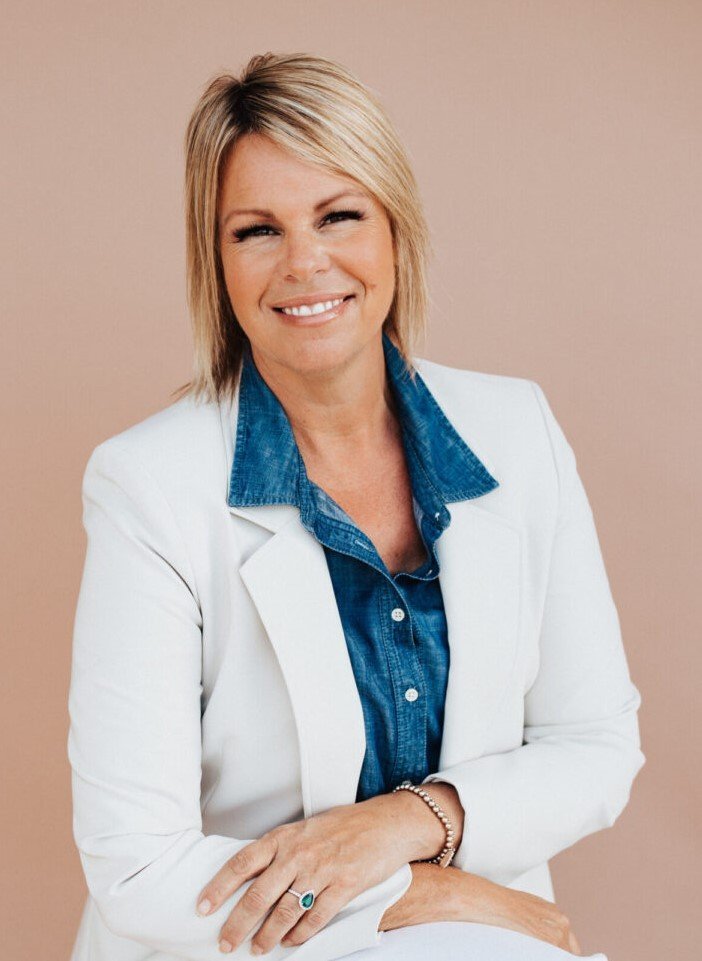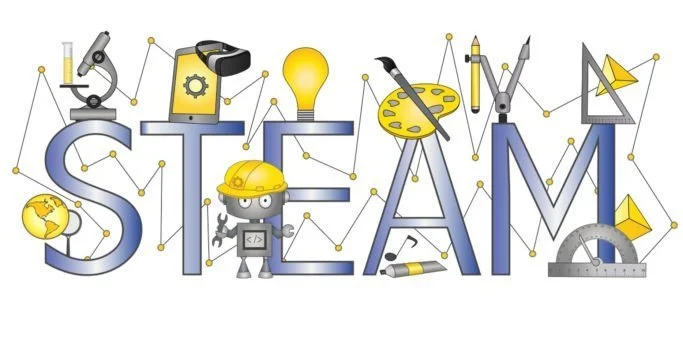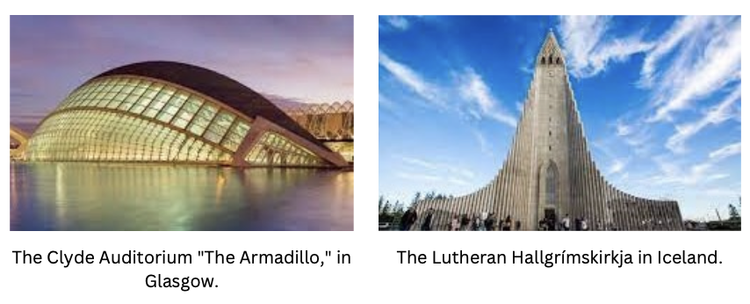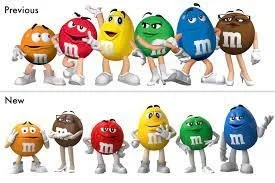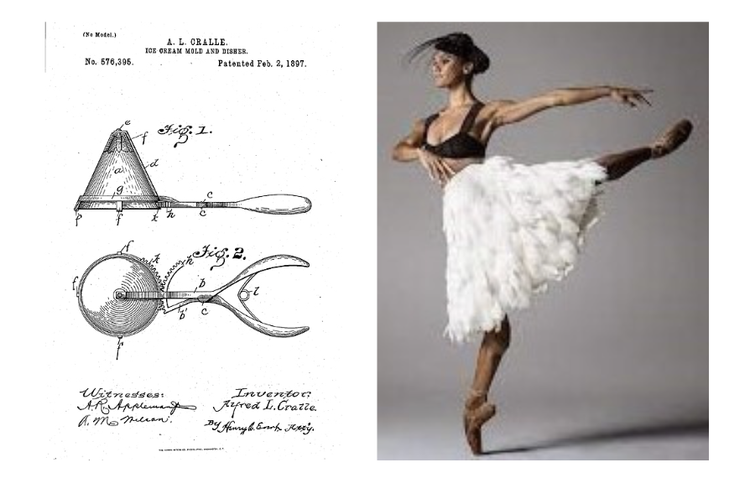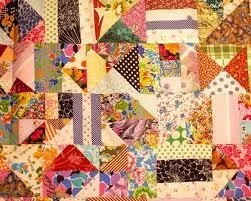EDU Trending: Good Education Isn’t Red or Blue
It’s just good. Ask Debbie Critchfield, the new Superintendent of Public Instruction in Idaho. She takes charge as Idaho’s population is experiencing a surge of new citizens and new views from the West Coast. Critchfield sees this change as an opportunity “to create a system around what is most valuable for kids.” https://www.the74million.org/article/idaho-school-chief-transform-education-literacy-innovation-trust/
Her purpose is to help students define and pursue interests, opportunities, and careers for themselves after high school - which may or may not include college. Her plan is three-fold: First: Focus on reading and math fundamentals in the earliest years. Second: Feature work- and project-based, experiences and internships for high school students that prepare them for the many possibilities they can pursue after graduation. Third: Ask local businesses to connect students with real-world learning, problem-solving, and applications.
Critchfield is an educator of uncommon common sense meeting the moment and the times with positivity, determination, and a bold, intentional, and doable, strategic plan - unencumbered by politics. As she notes, “there are lots of models out there to draw from.” This is true. She is not alone.
Education leaders like Critchfield are working in states both red and blue in every corner of the country. Check-out: https://www.the74million.org/article/12-educators-weaving-stronger-schools/ plus https://www.merleschell.com/blog/big-picture-learning-a-blueprint-for-student-success and https://www.merleschell.com/blog/its-elementary-star-academy
If they reach out, meet, and talk to one another, these visionaries could be a national force for practical and meaningful education that is both relevant to and actionable for all children in the United States, a coalition of Schools That Work. Here’s hoping.
One caveat, please: Political chest thumpers of any stripe or political agenda need not apply.
In the meantime, congratulations, Superintendent Critchfield! We wish great success to you and the families, industries, educators, and students of a growing, dynamic, and evolving Idaho. We look forward to what happens next.
News and Views: The “A” Gives STEM Its STEAM
Adding the Arts to STEM has expanded its reach to the infinite limits of imagination. But how? What do creativity and technology have to do with each other?
The full recognition of science, technology, engineering, and math as indispensable pillars of society occurred at the dawn of 2000.
Remember Y2K? Consumer use of the worldwide web was in its infancy, and many feared that computers across the globe would crash in the switch from ’99 to ’00. When that did not happen, STEM was hailed as the path to success for our planet and our students.
It eventually became the pre-eminent focus of study in colleges and K-12 as well. In the brave new world of STEM, the arts and humanities diminished in our schools. They were considered unnecessary to meet the demands of the digital age.
Not anymore. The arts are getting their due https://www.steamtruck.org/blog/steam-education-history-importance The reasons are simple. First: We need more professionals involved in STEM. For students who may be intimidated, the arts engage them and make science and tech more accessible, comprehensible, and desirable. Second: We now realize that the Arts are integral to communication and collaboration, critical components of the creativity that sparks imagination and scientific innovation that will resonate with and inspire people. https://resilienteducator.com/classroom-resources/importance-of-arts-in-steam-education/ Note the beautiful integration of art and science in the architectural wonders below:
For Einstein, an accomplished violinist, music not only inspired his thinking, it clarified it. For Steve Jobs creativity and design set Apple apart. When introducing the iPad in 2010, he noted that “…we’ve always tried to be at the intersection of technology and liberal arts.”
You Just Can’t Make This Up: M&Ms: The Political Correctness of Candy
Once upon a time, there were six beloved M&M characters: There were four boys: Red, off-the-charts smart, a take charge guy, somewhat bossy; Orange, insecure, anxious, and slightly neurotic; Yellow, shy, smiley, and kind; Blue, confident, unfazed, and super cool. And there were two girls: Green, sure of herself with go-go boots and flirtatious charm; and Brown, sophisticated, strong, a powerhouse executive, stiletto heels and all.
Then came the REVELATIONS. In their wisdom, parent company, MARS decided that they wanted everyone to belong, a good goal except that belonging meant being more alike. https://www.marketwatch.com/story/the-green-and-brown-m-ms-swap-sexy-heels-for-comfier-shoes-in-a-controversial-brand-makeover-11642797194 For the boys, taking a little self-assurance from the two who had it and giving it to the two who did not served only to dilute all their personalities.
The biggest changes happened to the girls because, according to Mars, they did not want them to be sexualized. This after Green’s six tongue-in-cheek back covers of Sports Illustrated. Would Mars feel differently if Green and Brown were on the front cover of Vogue? How can they spout such silliness with a straight corporate face? Nevertheless, Brown gave up her stiletto fierceness for a clunkier heel and diminished profile; and Green traded in her go-go boots for an androgynous pair of sneakers.
My. My. Is this belonging and inclusion? Or is it a slap at individuality and identity? You decide. https://www.forbes.com/sites/kimelsesser/2023/01/23/mms-ditches-spokescandies-after-backlash-heres-why-it-matters/?sh=360a57c42a67 To take this ridiculousness to its end point, is the Mars company marching to the political tune of somebody else’s drummer? And forcing their M&Ms to do the same? Why?
Did Mars ever check-in with their customers? Or remember the diverse personalities of the characters on Sesame Street? Totally lovable, quirks and all.
Once upon a time, the M&M kids were pop culture icons that celebrated individuality and fun without political fuss or psychological fanfare. Now they are no longer allowed to speak for themselves. https://www.cnn.com/2023/01/23/business/m-and-ms-controversy/index.htmlNo matter. They have been put through the wringer of conformity and are now only little-round-colored-candies.
People can learn to be more confident and comfortable in their own skin. They can learn to be kinder. They have the right to change and move in a new direction. All things are possible even for beloved candy kids. Mars has lost the opportunity to role model that acceptance of yourself and others is the true meaning of inclusion and belonging. Mixed messaging is a meltdown mess for M&Ms and Mars. Let’s hope the company will set things right.
P.S. In 1959, another pop icon made her appearance. With over 72 careers on her resume (including fashion model, business executive, farmer, surgeon, hair dresser, tennis player, cake baker, ballerina, and robotics engineer), Barbie shows everyone, especially girls and women, that they can be whomever they want to be and dress the part with personal verve and style – right down to their shoes. https://www.cnet.com/pictures/barbies-careers-though-60-years-from-fashion-designer-to-robotic-engineer/28/ What would Barbie say now?
Question of the Day: Music to Learn by
Scientific research has shown that music - playing in the background - creates a classroom atmosphere which helps students acquire the skill of writing fluently and well. From the list below, choose which type of music you think is the most effective?
salsa
blues
country
rock
classical
hip hop
all of the above
For the correct answer, read Music as Muse at https://www.merleschell.com/taking-care-of-you
From Me to You: We Are a Patchwork Quilt
February is Black History Month when students and teachers acknowledge and appreciate
the contributions of Black Americans to our country and the world. Do you know who invented
the ice cream scoop? Or who is the first black woman promoted to principal dancer at a leading
U.S. classical ballet company?
For details, Google awaits. February is a time of discovery reminding us that everyone can
accomplish great things and that no one should be defined by stereotypes of race, culture, religion, or gender.
Black History Month is also the perfect time for teachers, students, and families to reflect on our personal identities; our individual stories, cultures, and traditions. It offers each of us the chance to share the accomplishments of people who make us proud, to see ourselves and others highlighted in curriculum, and to discuss what is meaningful. Listening and learning from each other is how we grow. Together - not only in a particular month, but year-long.
Black, Hispanic, Asian, Native American, and White: We are all relevant: Stitched together in bits and pieces to make a great American patchwork quilt. It is a corny metaphor, but true. Many hands and hearts. Many quilts. Each is a work of art that represents the whole. None would be as interesting, strong, and resilient if even one of us were missing. Take a look. https://www.youtube.com/watch?v=1ij6_XELTzw&ab_channel=DavidHeitler-Klevans
